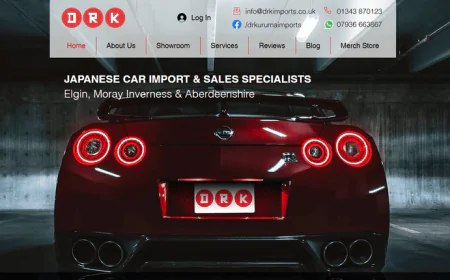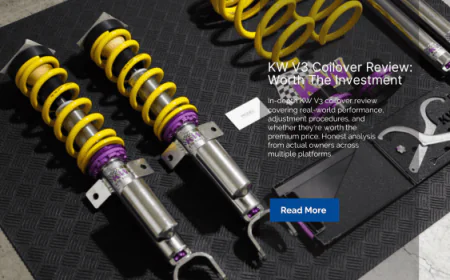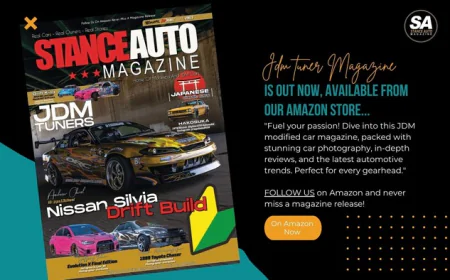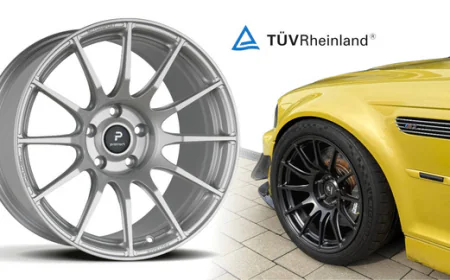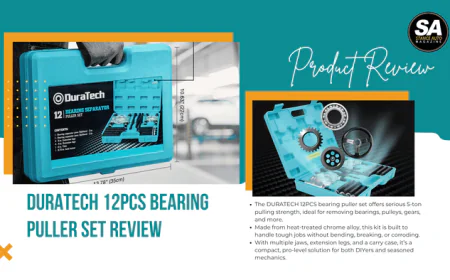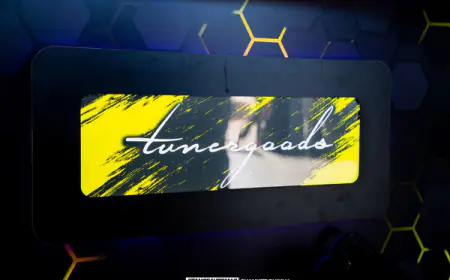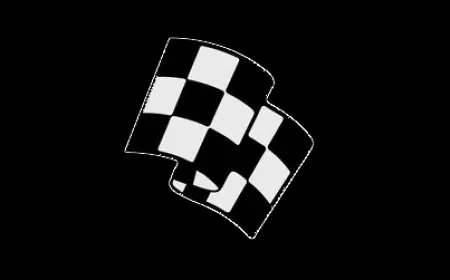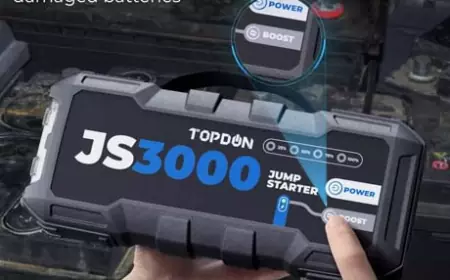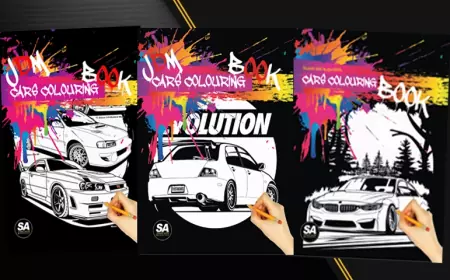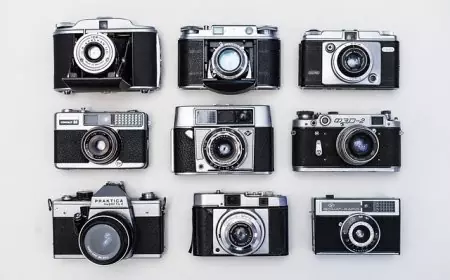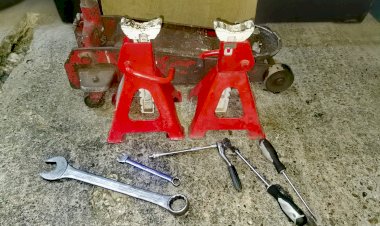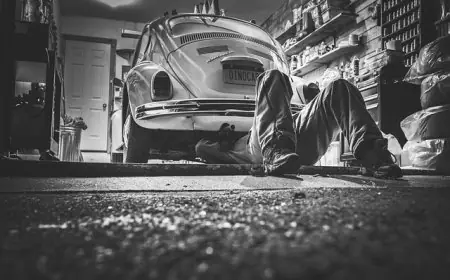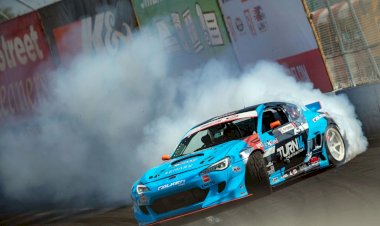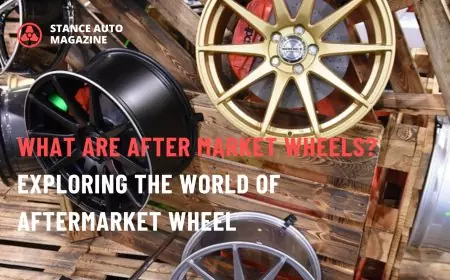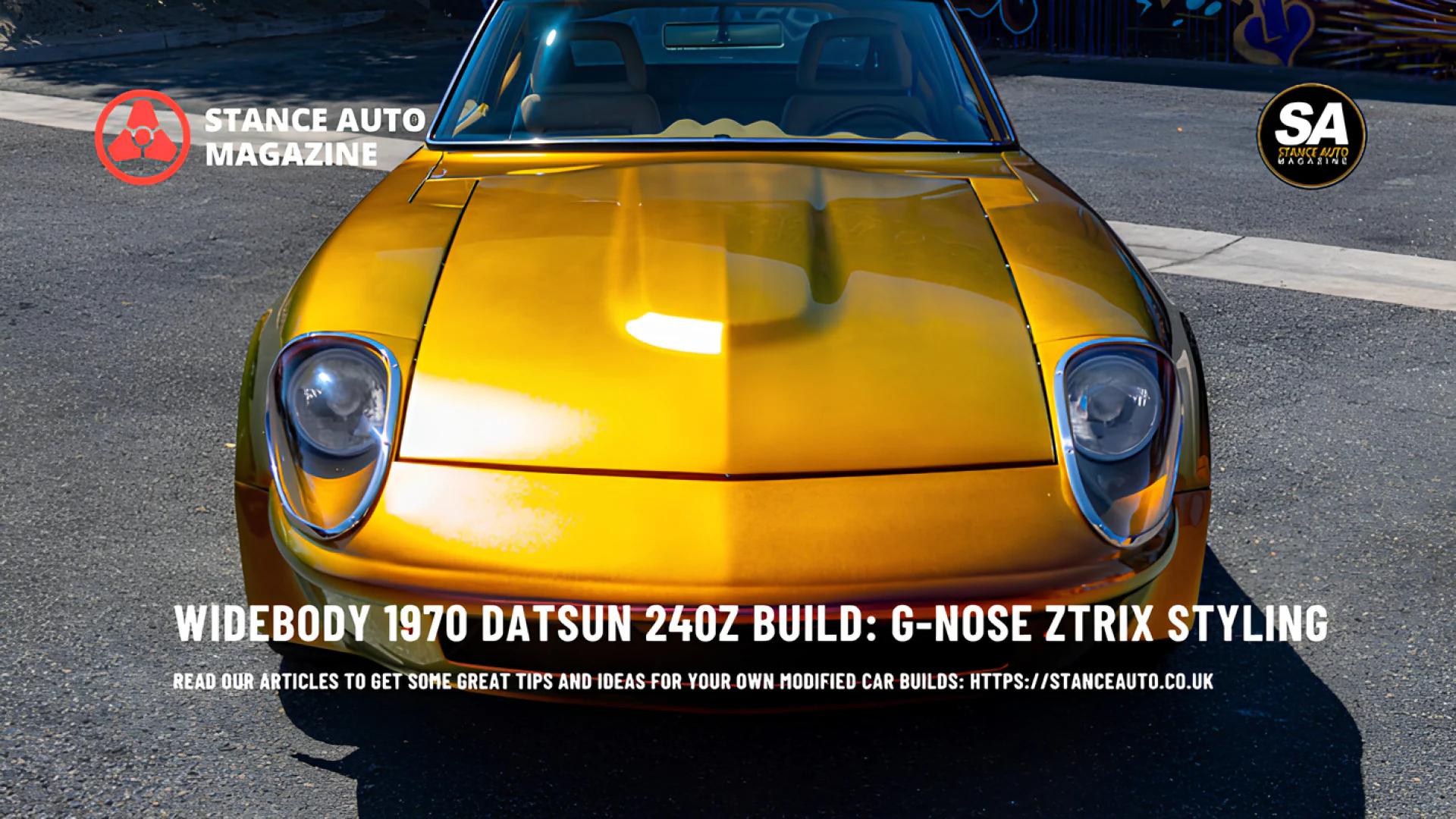How do you drift in a car? Mastering the Art of Drifting
Learn the tricks to drifting in a car and discover if using the handbrake is essential. Explore the art of weight transfer, techniques for initiating a drift, and the role of throttle control. Also, find out about the gear selection and potential car damage in drifting. Don't miss exclusive interviews with drifting champions Frederic Aasbo and Forrest Wang.
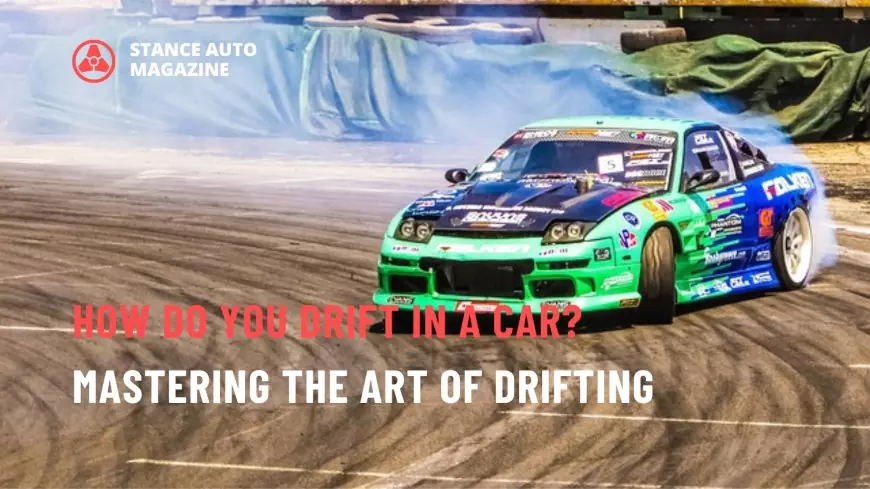
Discover the art of automotive expression with Stance Auto Magazine. "Unleash your passion for unique builds, performance upgrades, and the vibrant car culture. Stay updated with the latest news, in-depth features, and expert insights. Join our community of like-minded enthusiasts and elevate your automotive experience. Explore Stance Auto Magazine today!"
All Photographs are supplied and owned by the Photographer named, our Photographers can be found HERE!
Order Your Printed Magazine Here!!
How do you Drift in a car?
Mastering the Art of Drifting: A Thrilling Motorsport Skill Introduction
Welcome to Stance Auto Magazine, a hub for automotive enthusiasts who appreciate the art of car modification and customization. While our name may imply a focus on stanced cars, we want to make it clear that we cater to all types of modified and customized vehicles.
Drifting: A Thrilling Motorsport Skill
Drifting is an exhilarating motorsport skill that has gained immense popularity among car enthusiasts and adrenaline junkies. The controlled loss of traction, sideways slides, and precise maneuvers make drifting a captivating spectacle to behold. In this article, we will delve into the world of drifting, exploring its tricks, techniques, and potential impact on your car. Whether you're an aspiring drifter or simply curious about the sport, join us as we unveil the secrets behind mastering the art of drifting.
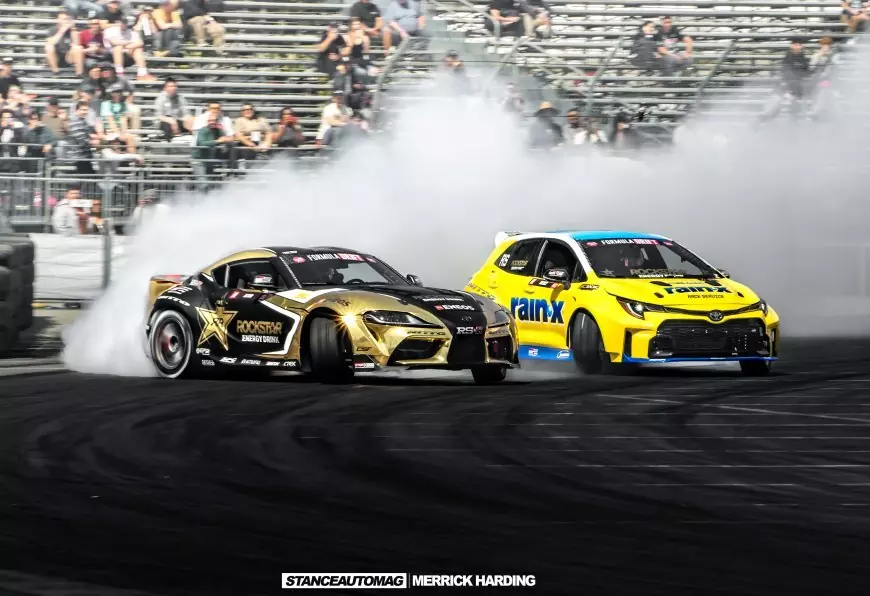
Interview With The Three Time Formula Drift Champion Frederic Aasbo
What is the trick to drifting?
The Trick to Drifting
Drifting requires a combination of skill, technique, and understanding of vehicle dynamics. While it may seem like an uncontrolled frenzy of tire smoke and sideways motion, there's a method behind the madness. The trick to drifting lies in the delicate balance between throttle control, steering input, and weight transfer. To initiate a drift, a driver typically uses a technique called the clutch kick or power slide. By abruptly releasing the clutch while simultaneously applying throttle, the rear wheels break traction, causing the car to slide sideways. Skilled drifters modulate the throttle and steering inputs to maintain and control the drift, making subtle adjustments to the car's angle and direction.
Do you use handbrake to drift?
Handbrake Techniques for Drifting
The handbrake, or e-brake, is another valuable tool in a drifter's arsenal. While it's not always necessary to use the handbrake to initiate a drift, it can be a helpful technique, especially in tight corners or when transitioning from one drift to another. By pulling the handbrake while turning into a corner, the rear wheels lock up, inducing oversteer and initiating a drift. Experienced drifters often combine clutch kicking, throttle modulation, and handbrake techniques to achieve the desired drift angle and maintain control throughout the maneuver. However, it's important to note that excessive and improper use of the handbrake can lead to instability and loss of control, so it should be used judiciously and in the appropriate situations.
What gear do you drift at?
Choosing the Right Gear for Drifting
The choice of gear for drifting depends on various factors, including the car's power, torque curve, and the specific requirements of the drift maneuver. Generally, drifting is performed in lower gears to keep the engine in its optimal powerband and maximize control. Most drifters prefer to initiate drifts in second or third gear, as these gears provide a good balance between torque delivery and controllability. However, as each car and drift situation is unique, it's important to adapt and experiment with different gear selections to find the ideal balance between power, control, and maintaining the desired drift angle.

An Interview With The Style King Himself, Forrest Wang
Does drifting damage your car?
Impact of Drifting on Your Car
Drifting, by its nature, places additional stress on various components of the car. The intense sideways forces, tire wear, and aggressive driving can lead to increased wear and tear. However, when performed responsibly and within controlled environments, the risk of significant damage to your car can be minimized. To protect your car while drifting, it's crucial to ensure regular maintenance, including frequent oil changes, inspection of suspension components, and proper tire care.
Upgrading certain parts, such as installing a limited-slip differential, strengthening the suspension, and using appropriate tires, can also enhance the car's durability and drift performance. While drifting may result in some wear and tear, it is important to remember that pushing a car to its limits always carries some risk. It's essential to prioritize safety, wear appropriate safety gear, and practice in designated areas or under professional supervision.
Conclusion
Mastering the Art of Drifting
Mastering the art of drifting requires practice, skill, and a deep understanding of vehicle dynamics. By learning the techniques, experimenting with different approaches, and respecting the limits of both yourself and your car, you can embark on an exhilarating journey into the world of drifting.
So buckle up, grab the steering wheel, and unleash your inner drifter as you navigate the thrilling twists and turns of this captivating motorsport skill.
Have your say, and leave a COMMENT BELOW, it helps the story get more views and reach the Printed Magazine, Thank you.
Other Useful Sites To Check Out That We Have Partnered With
All of our Magazines can be found on Amazon, they Print and Deliver worldwide, Stance Auto can not be held responsible for the final print, and all complaints and returns must be directed to Amazon.
UKTM no: UK00003572459
 Like
1
Like
1
 Dislike
0
Dislike
0
 Love
0
Love
0
 Funny
0
Funny
0
 Angry
0
Angry
0
 Sad
0
Sad
0
 Wow
0
Wow
0
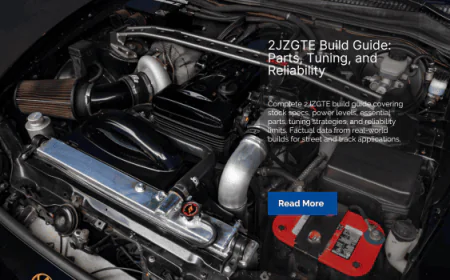

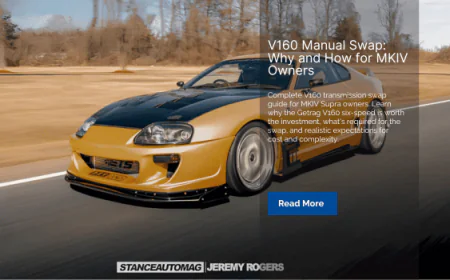
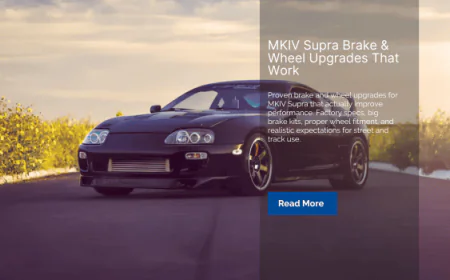
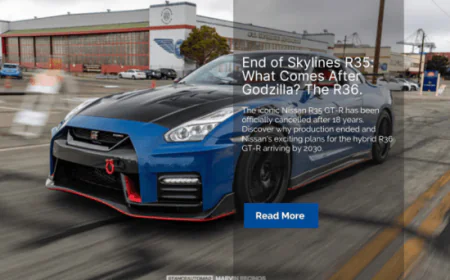


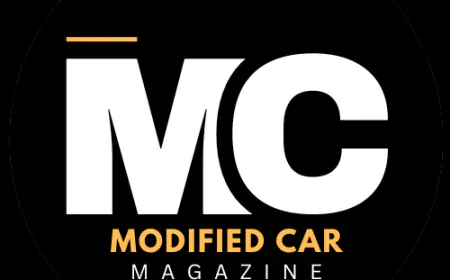

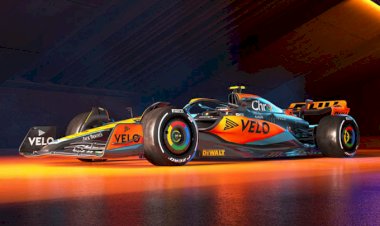


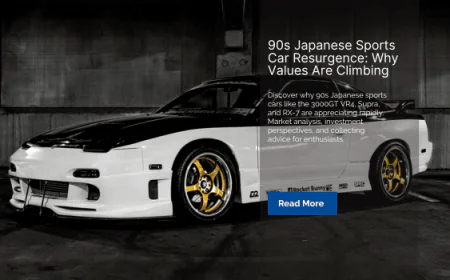
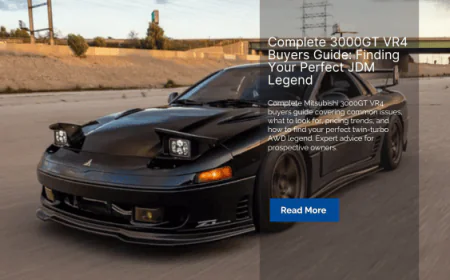
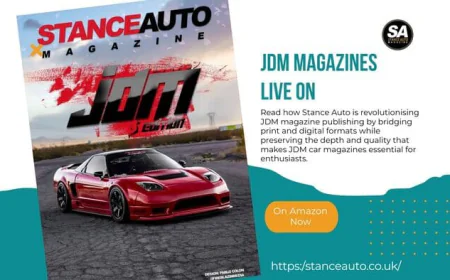
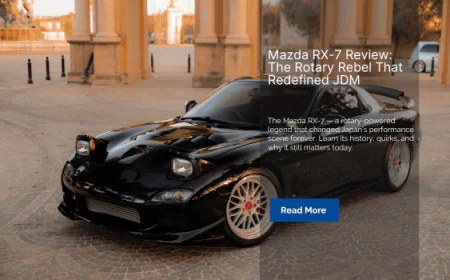
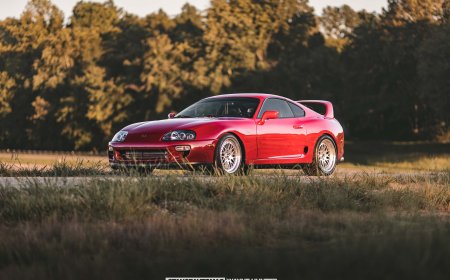
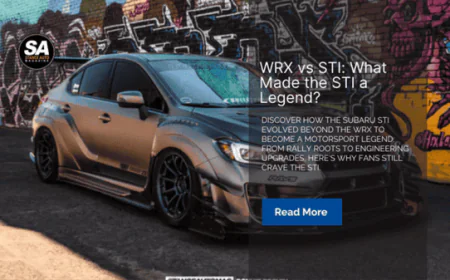
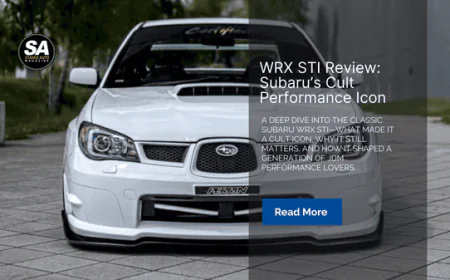
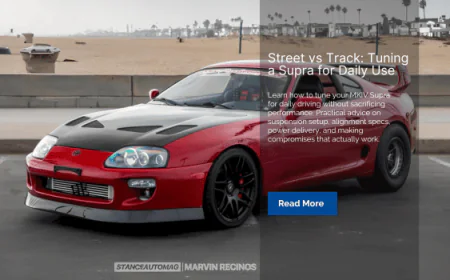


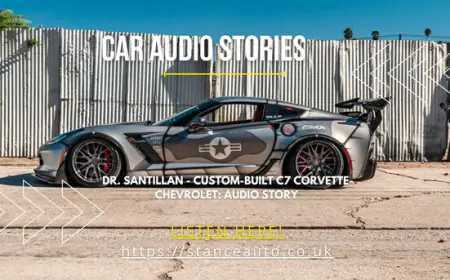





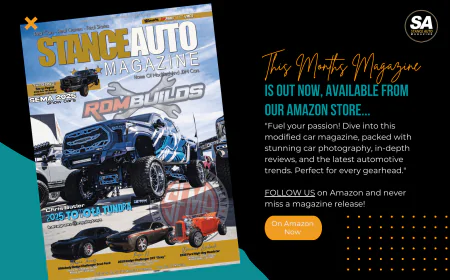
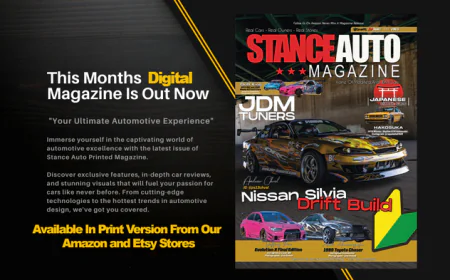
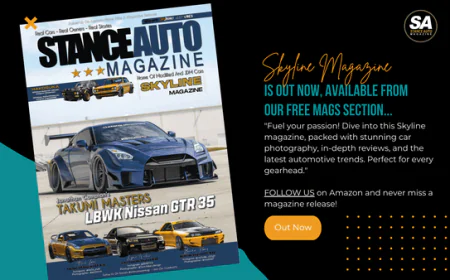

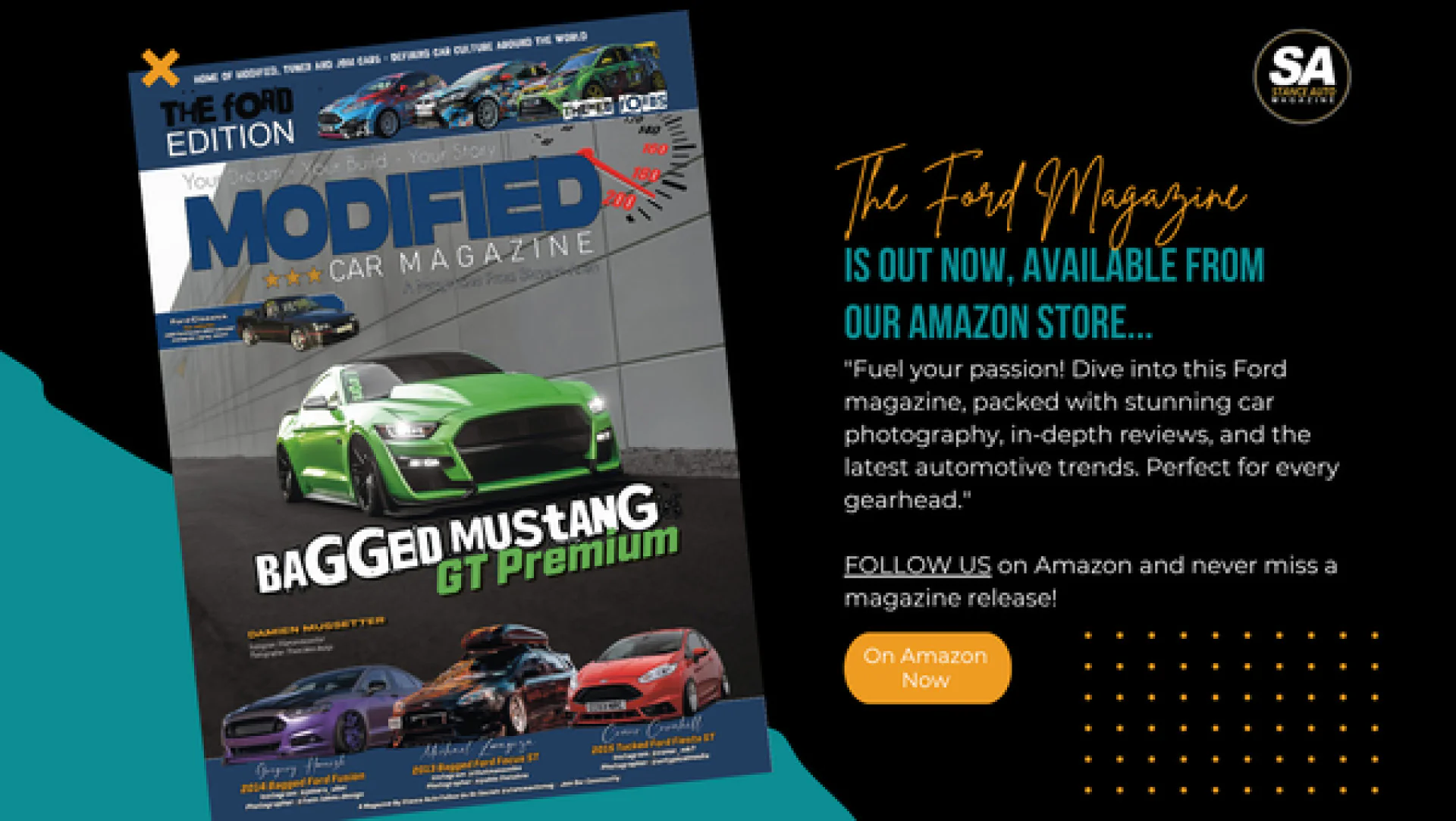

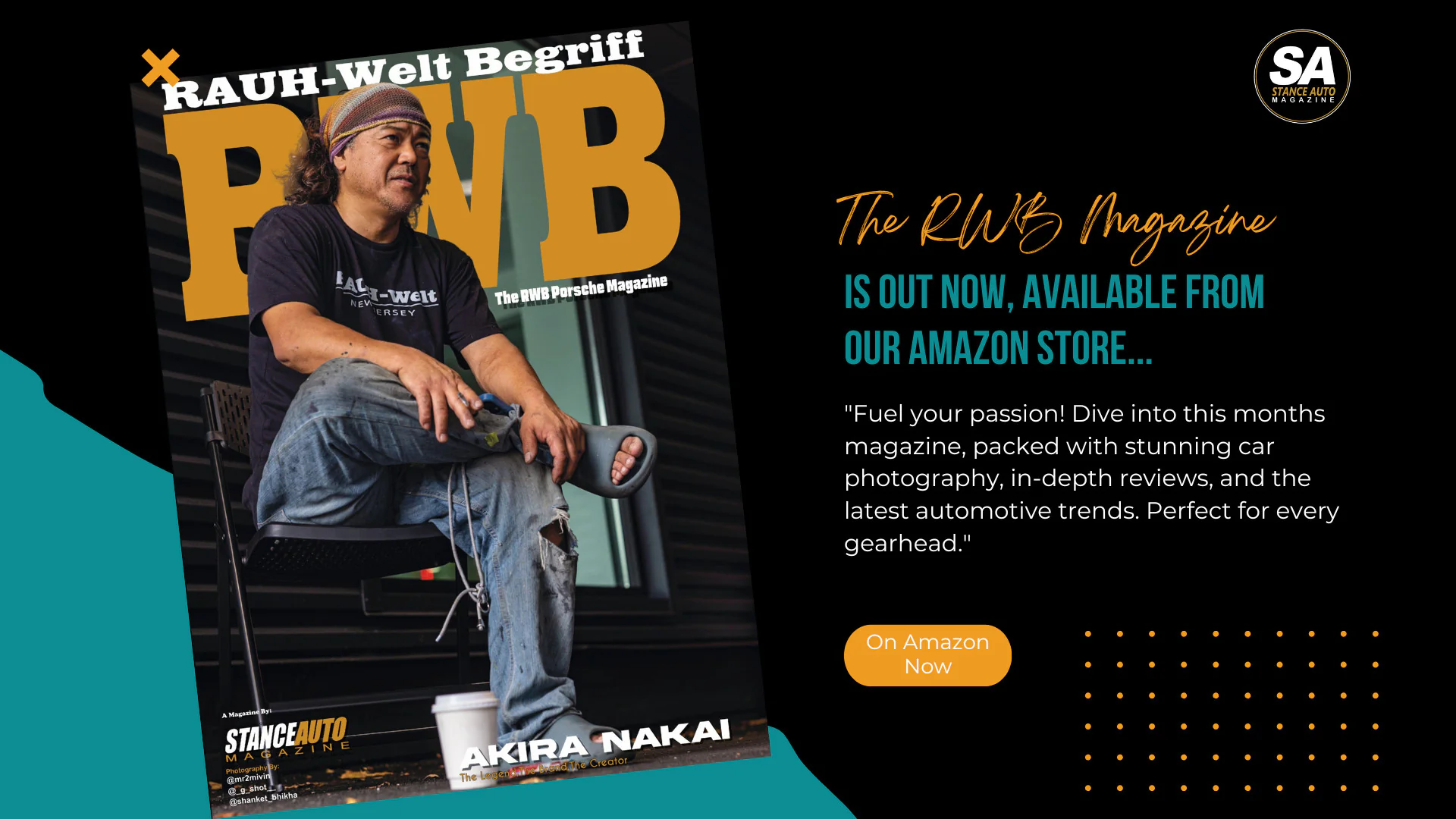
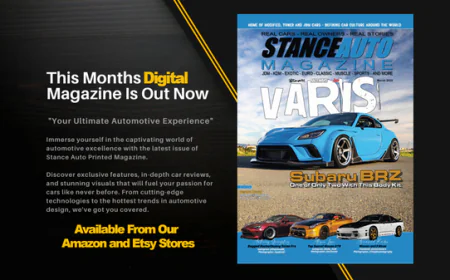
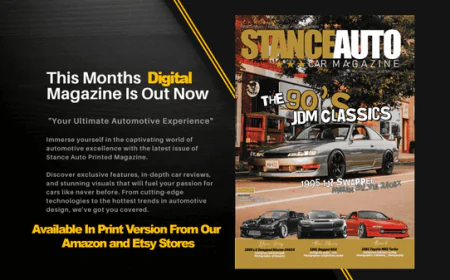
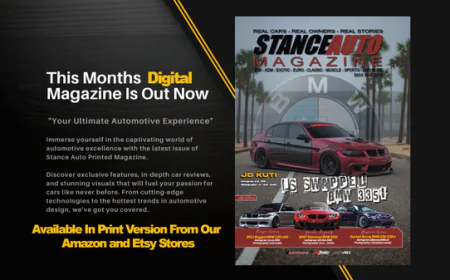
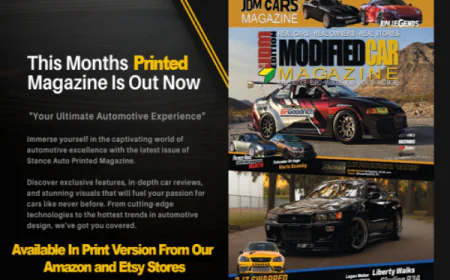
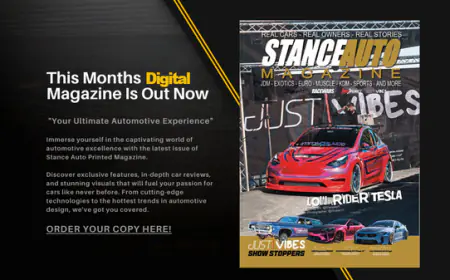
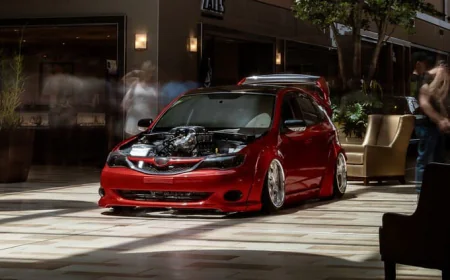
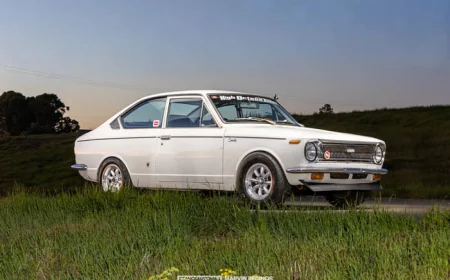
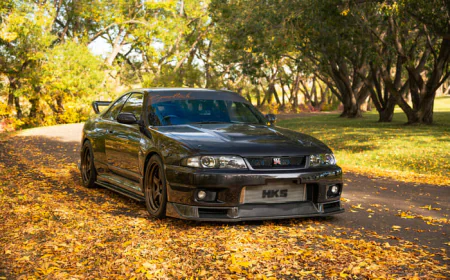
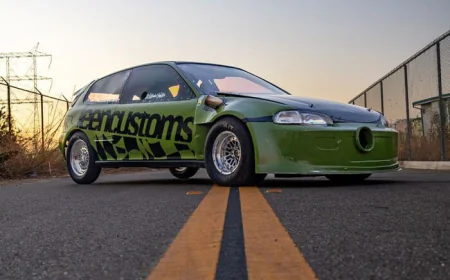
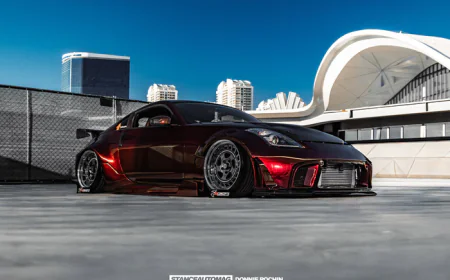
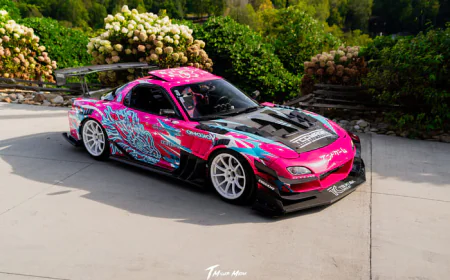
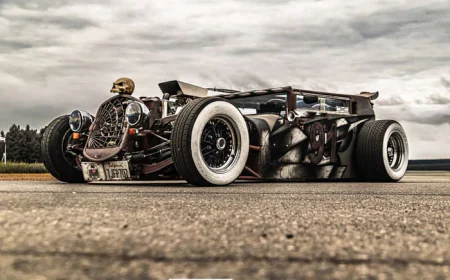
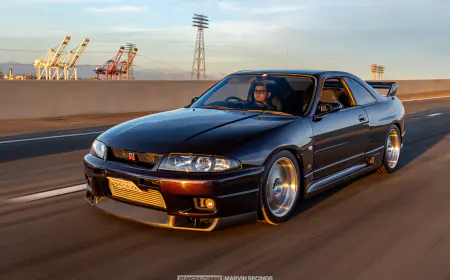
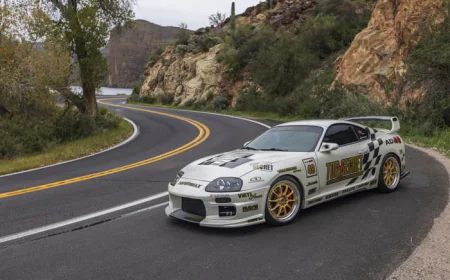
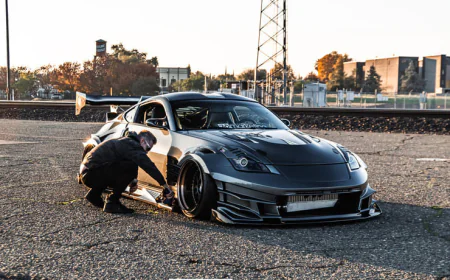
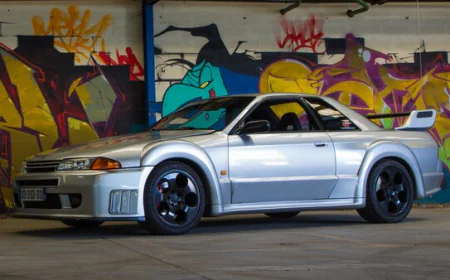
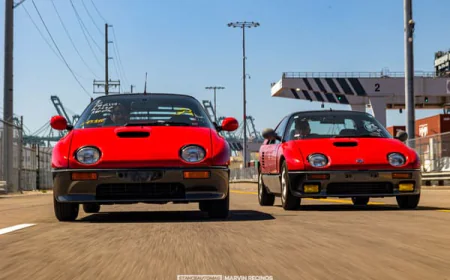
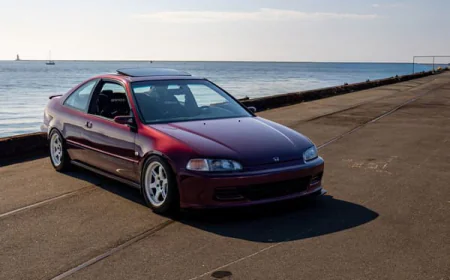

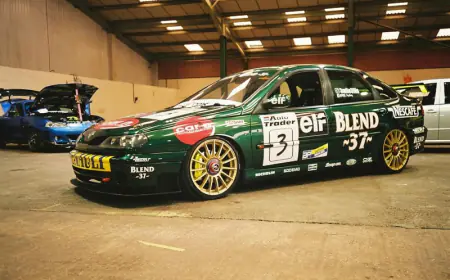



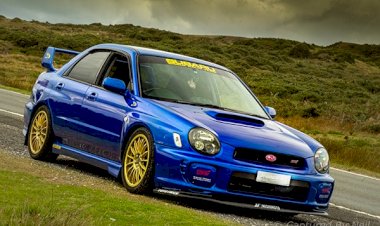

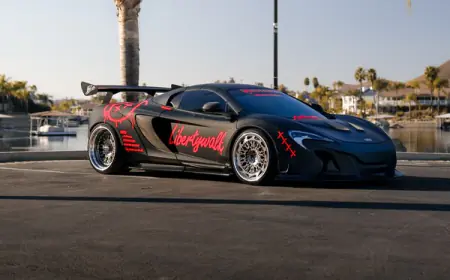
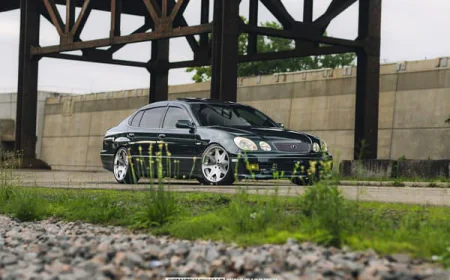

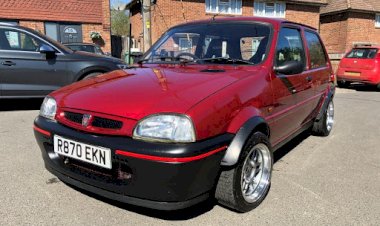
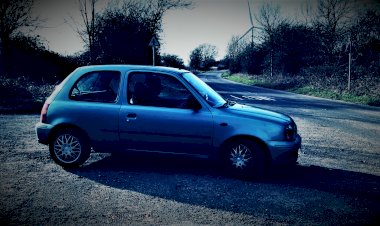

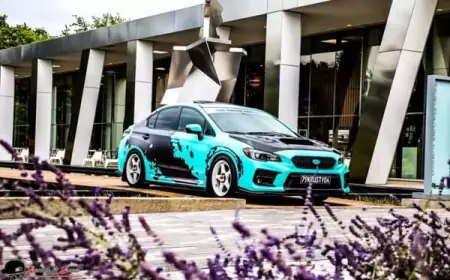


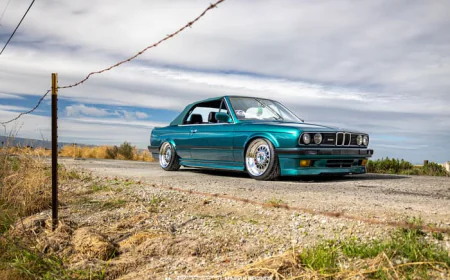
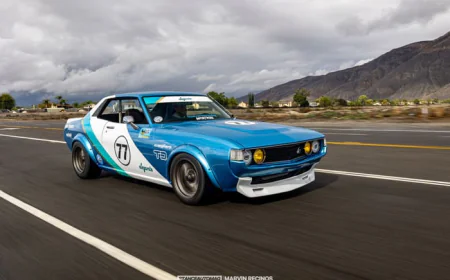
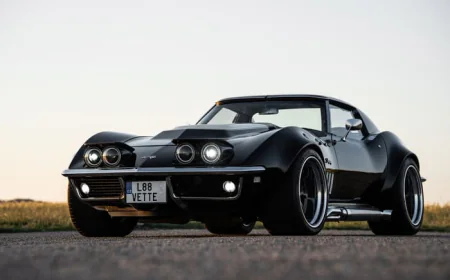
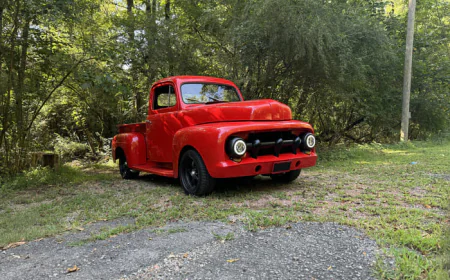
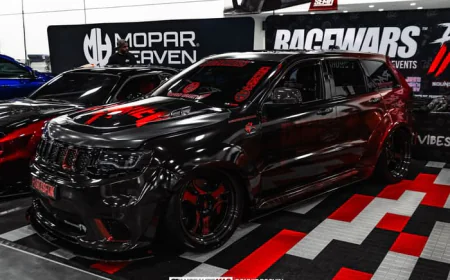
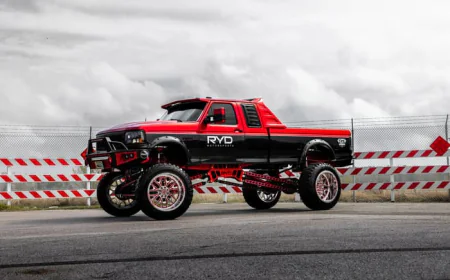
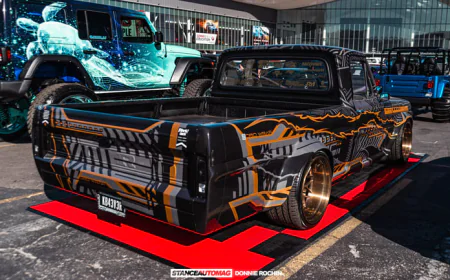
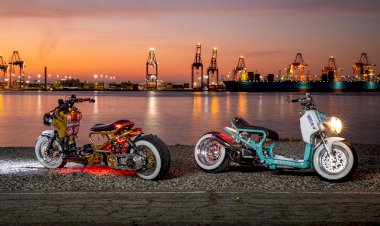

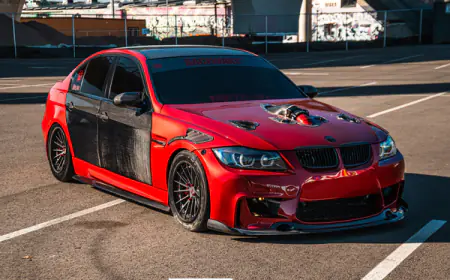
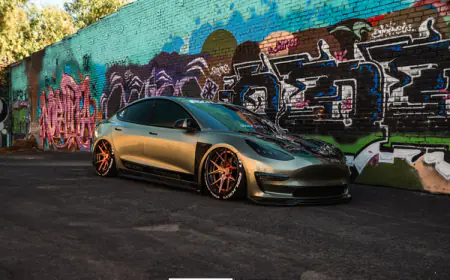
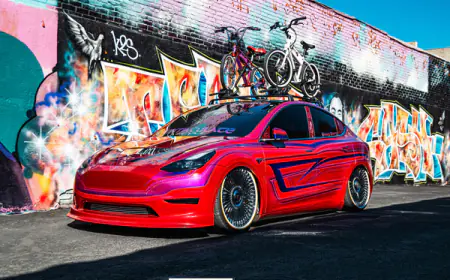



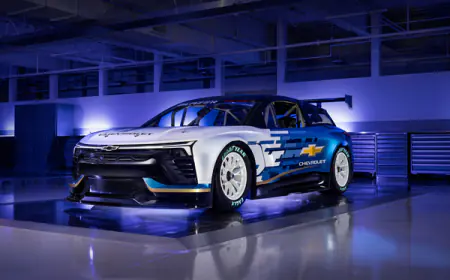

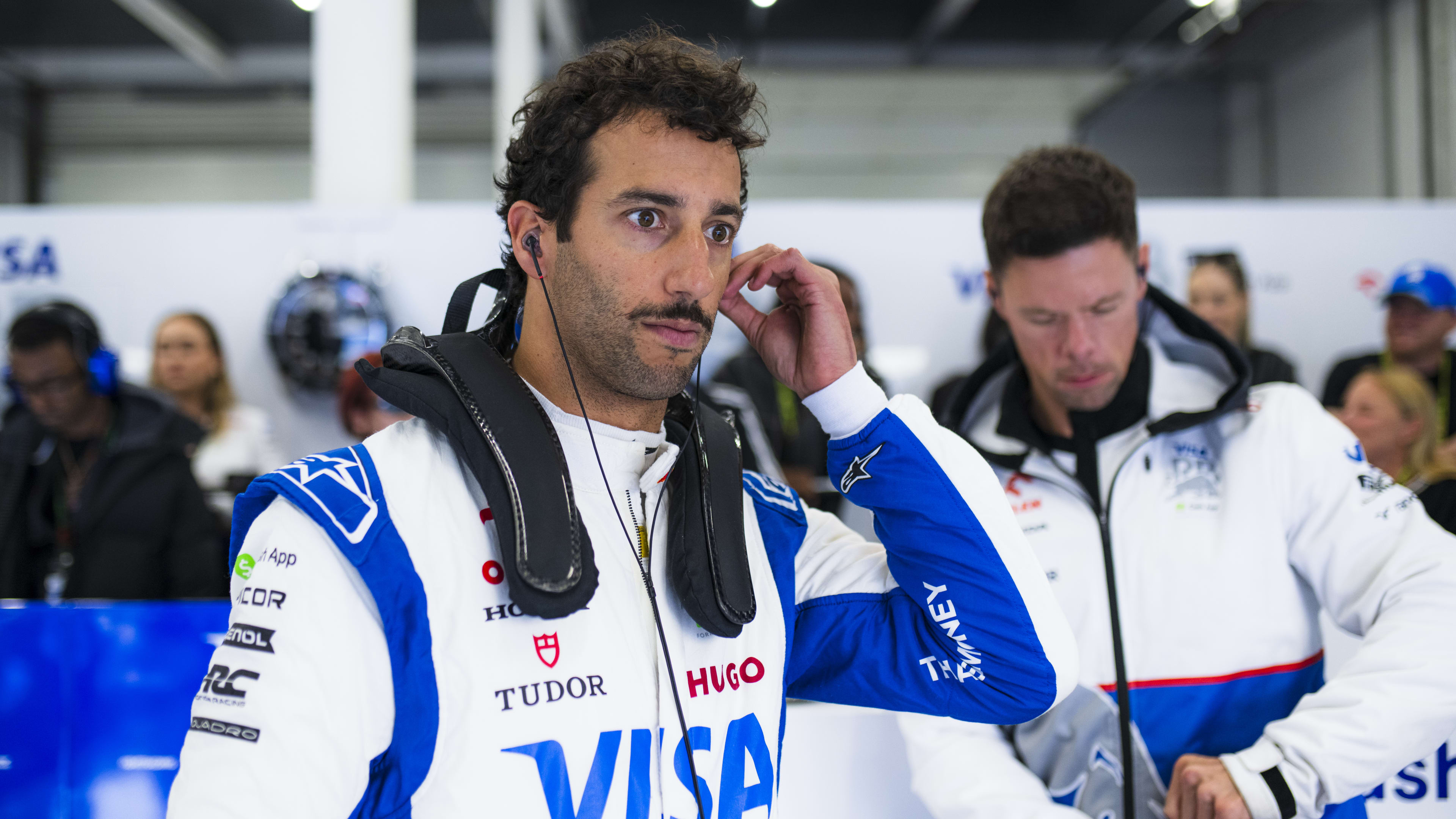
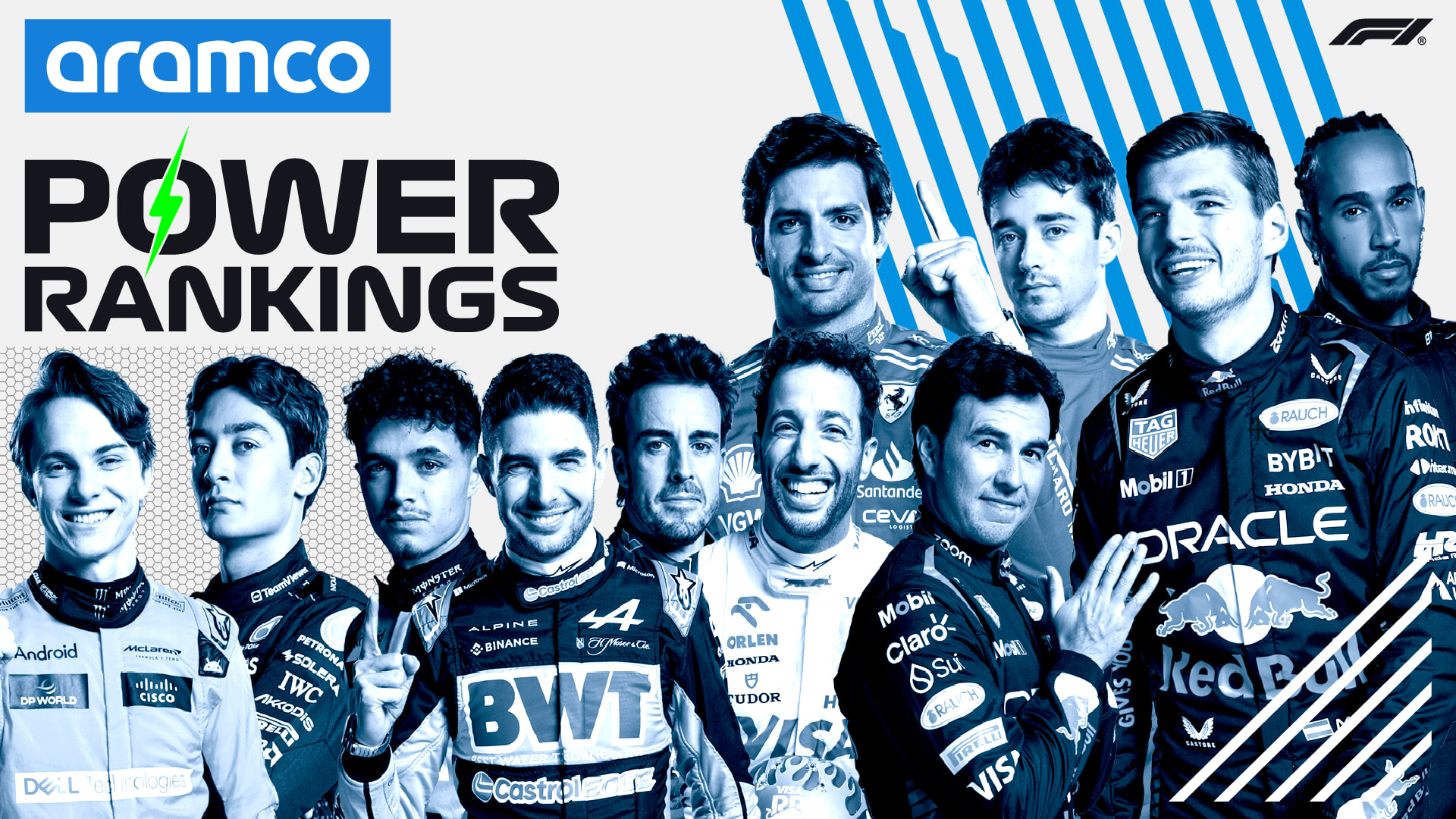
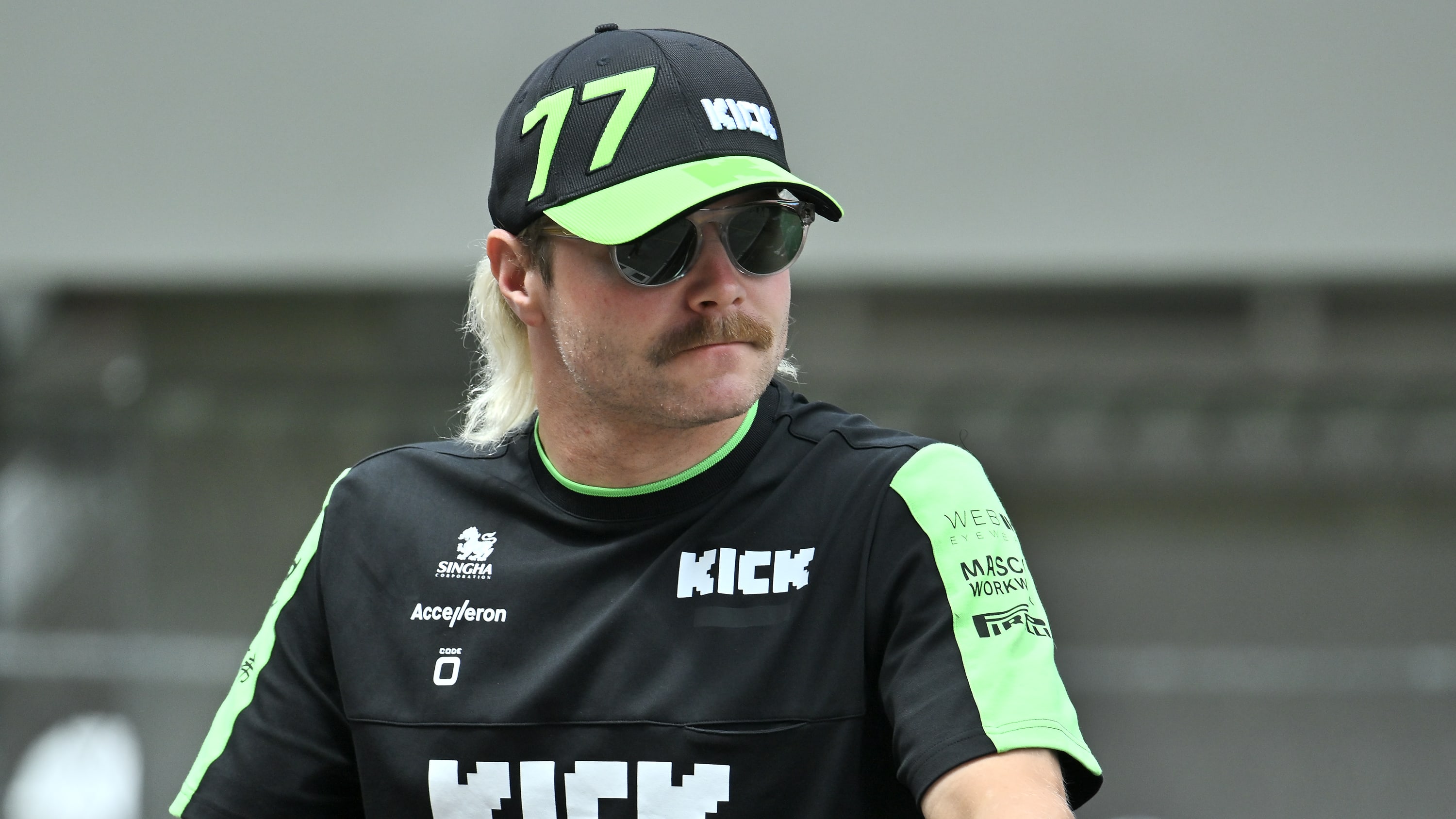
.png)
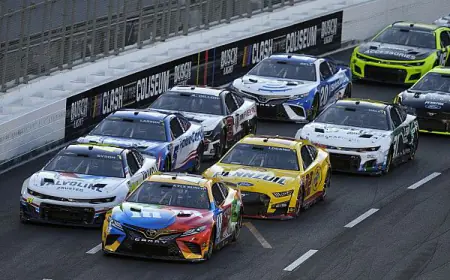
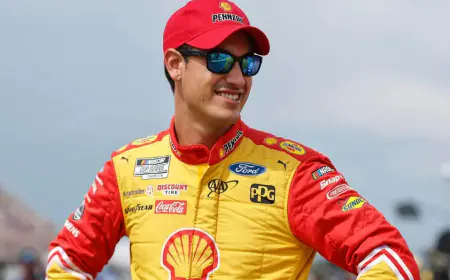
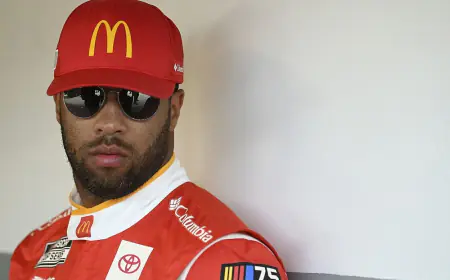


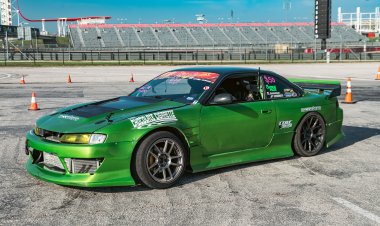

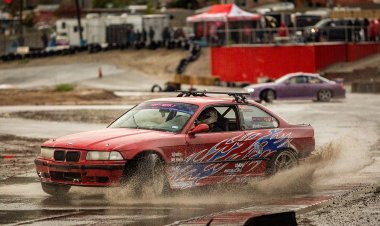

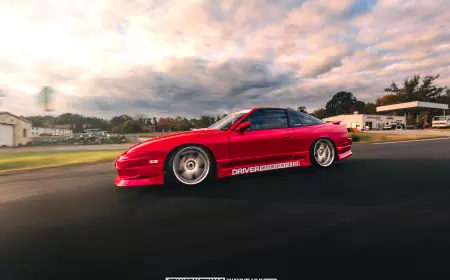
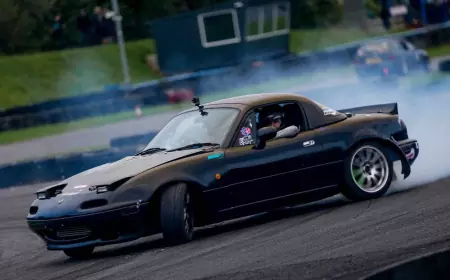

![[HOONIGAN] Ken Block's GYMKHANA NINE](https://img.youtube.com/vi/_bkX5VkZg8U/maxresdefault.jpg)

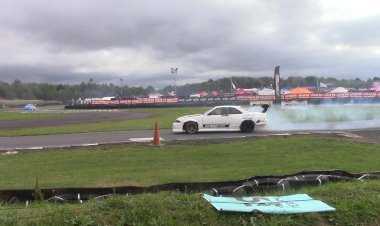
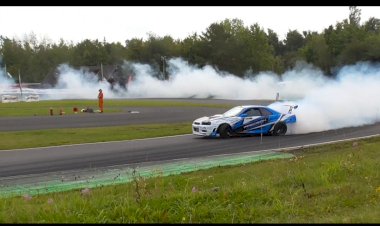






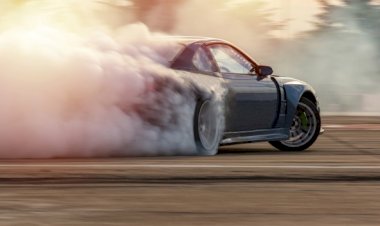
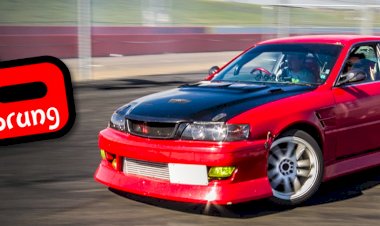












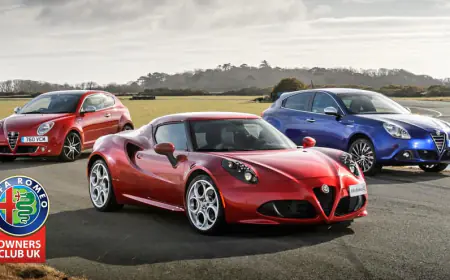





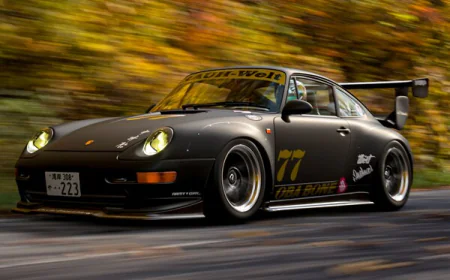
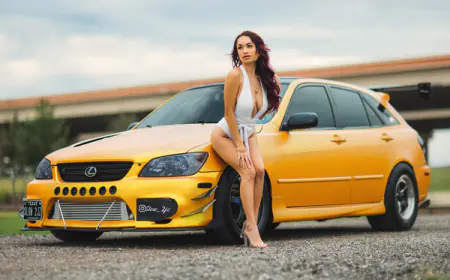



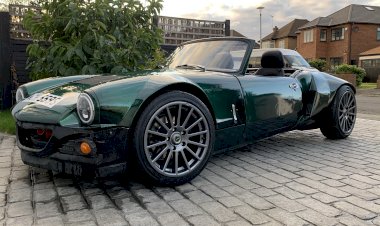
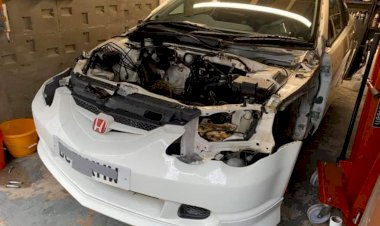
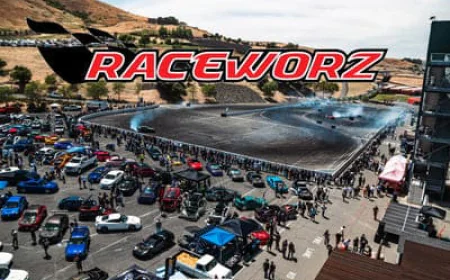



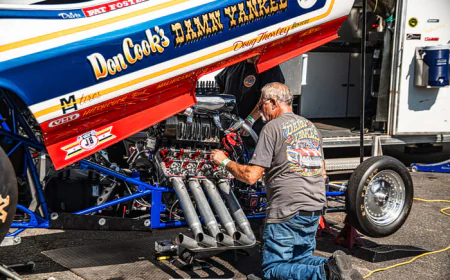
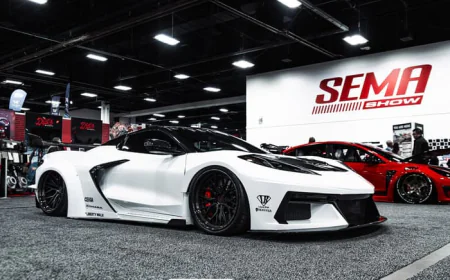

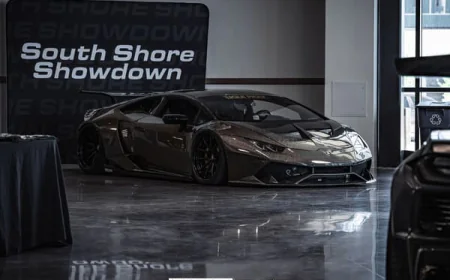
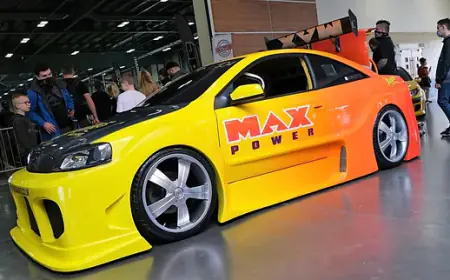

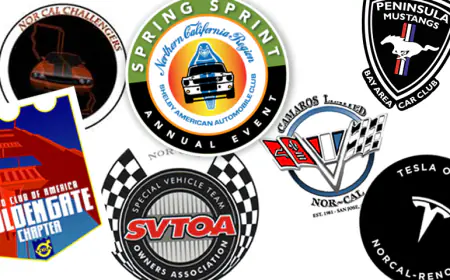
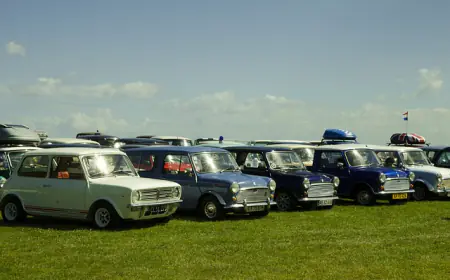

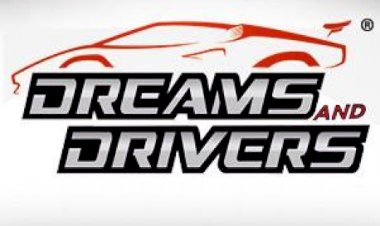







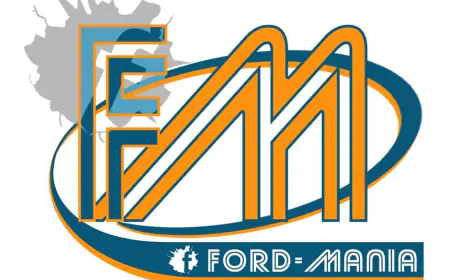


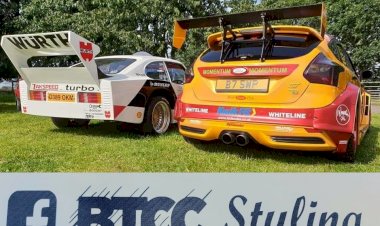

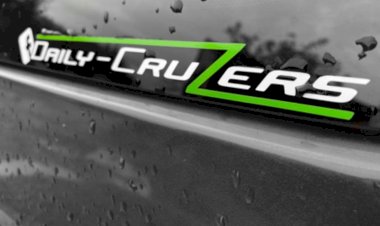






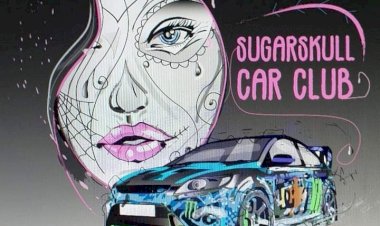


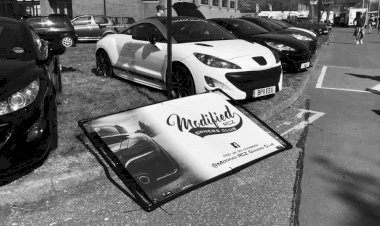






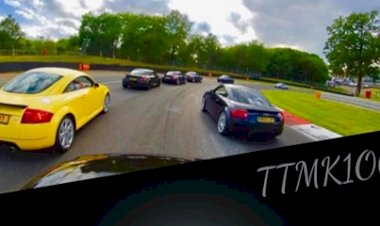


![[HOONIGAN] KEN BLOCK'S GYMKHANA SEVEN: WILD IN THE STREETS OF LOS ANGELES](https://cdn.motor1.com/images/mgl/2KlO4/s1/ken-block-london-tour-directors-cut.jpg)





